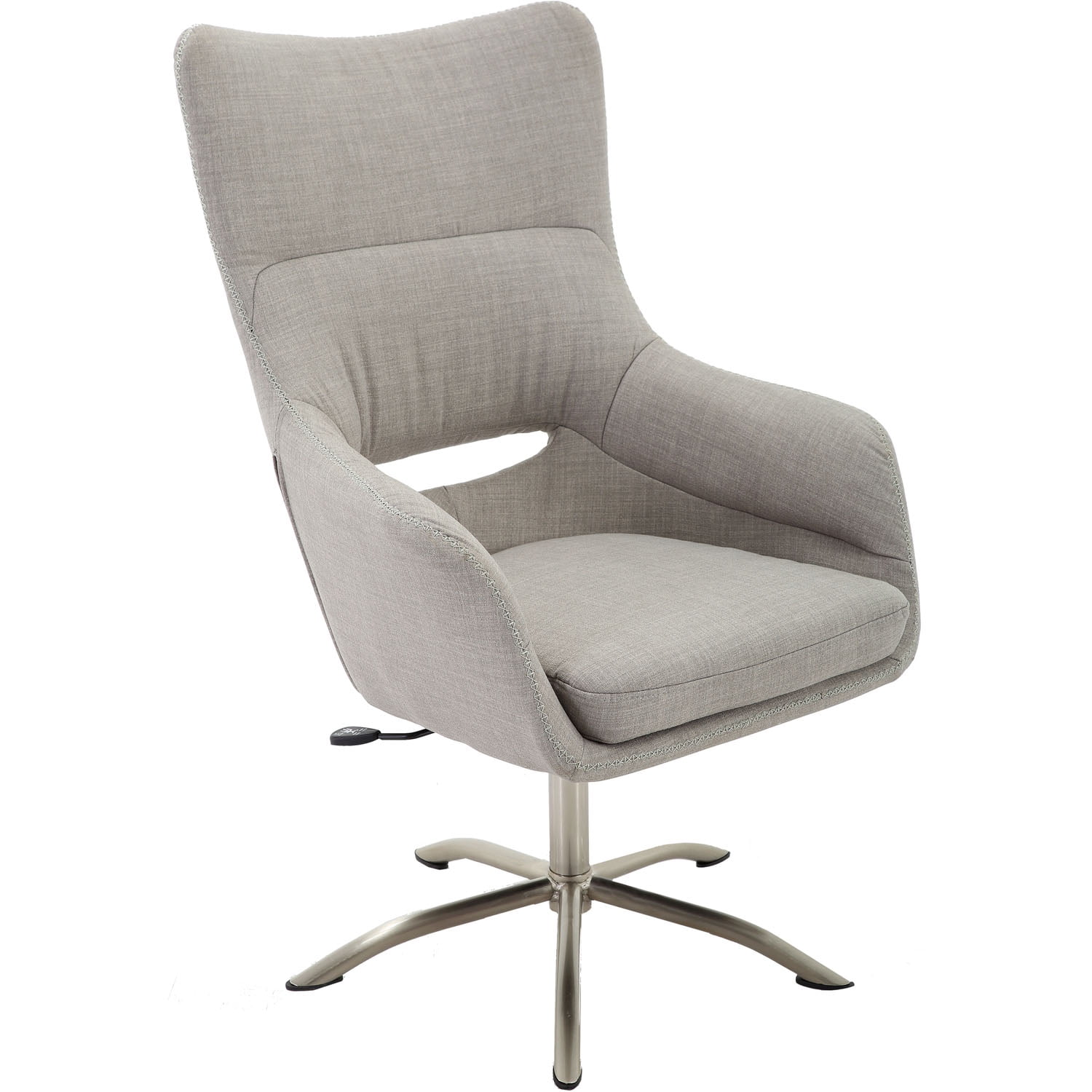Ergonomic Considerations of Adjustable Desk Chairs Without Wheels: Adjustable Desk Chair Without Wheels

Selecting an adjustable desk chair without wheels requires careful consideration of ergonomic features to ensure comfort and support throughout the workday. Unlike wheeled chairs, stationary chairs necessitate a greater focus on adjustability to accommodate individual needs and promote proper posture. This section details key ergonomic features and compares the benefits of stationary chairs to their wheeled counterparts.
Key Ergonomic Features of Adjustable Desk Chairs Without Wheels
Choosing an ergonomic stationary chair involves assessing several key features. Proper back support, adjustable seat height, and adjustable armrests are crucial for maintaining good posture and preventing discomfort. The following table compares different adjustment mechanisms available in stationary chairs.
| Feature | Mechanism Type 1: Knob Adjustment | Mechanism Type 2: Lever Adjustment | Mechanism Type 3: Pneumatic Adjustment | Mechanism Type 4: Ratchet Adjustment |
|---|---|---|---|---|
| Backrest Adjustment | Simple knob to adjust angle; limited range. | Lever for quick and easy angle adjustment; wider range. | Gas cylinder provides smooth and precise height and angle adjustment. | Step-by-step adjustment using a ratchet; precise control. |
| Seat Height Adjustment | Knob or lever for height adjustment; may require more effort. | Lever for easy height adjustment; generally smoother than knob. | Gas cylinder for smooth and precise height adjustment; wide range. | Step-by-step adjustment using a ratchet; precise control, less smooth than pneumatic. |
| Armrest Adjustability | Limited or no adjustability; may be fixed. | May offer height adjustment only, or height and width. | Often includes height and width adjustment, sometimes depth. | Typically offers height adjustment; less common to find width/depth adjustment. |
| Overall Ease of Use | Simple but potentially less precise. | Generally easy and quick to adjust. | Smooth and precise, but potentially more expensive. | Precise but may require more effort for adjustments. |
Proper Posture and its Contribution to Workplace Well-being, Adjustable desk chair without wheels
Maintaining proper posture is crucial for preventing musculoskeletal problems and improving overall well-being. An adjustable desk chair without wheels can significantly contribute to good posture by allowing users to customize their seating position to support the natural curves of their spine. The following infographic illustrates the benefits of good posture.
Ergonomic Benefits: Stationary vs. Wheeled Chairs
Stationary and wheeled chairs each offer distinct ergonomic advantages depending on the work environment. Wheeled chairs provide mobility, ideal for collaborative workspaces or those requiring frequent movement. However, they can promote less stable posture due to the constant shifting and potential for slouching. Stationary chairs, conversely, encourage better posture by eliminating the need for constant repositioning. Their stability promotes a more consistent and supportive seating position, making them beneficial for tasks requiring prolonged periods of focused attention. The choice depends on individual needs and the nature of the work performed.
